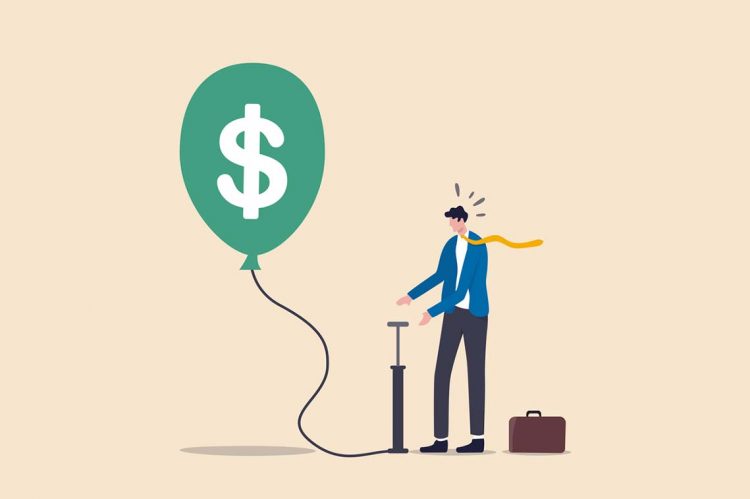The impacts of elevated inflation have been felt throughout the U.S. for months, with spikes in the price of groceries and what consumers are spending at the pump is straining millions of people’s wallets. According to recent reports from the U.S. Bureau of Labor Statistics (BLS), the nation’s inflation rate has jumped once again, setting another 40-year record.
The agency released its consumer price index (CPI) summary Tuesday morning, showing that inflation surged to 8.5% in March—up 1.2% from February. The index marks the largest 12-month increase since the period ending December 1981.
Core inflation also climbed to 6.7% from 6.4% in the previous month, marking levels not seen since August 1982.
The CPI increase was driven mainly by gasoline, shelter and food, which rose similarly in February amid the Russian Invasion of Ukraine. BLS data from February didn’t reflect the impacts that the geopolitical conflict played on crude oil prices at the time.
According to Wall Street Journal reports, Russia’s invasion of Ukraine drove a March surge in oil prices, which hit records in mid-March.
The shelter index increased 0.5% in March and was the most significant factor in the increase in the CPI. Indexes for airline fares, household furnishings and operations, medical care and motor vehicle insurance increased.
Shelter also accounted for nearly two-thirds of the monthly increase in core inflation.
According to the report, the gasoline index rose 18.3% in March and accounted for more than half of all items’ monthly increases. The overall energy index rose 11.0% during the same time period and increased by 32% annually.
The food index increased 1.0% last month and had a YoY jump of 10%, marking the largest 12-month increase since March 1981.
Experts at the National Association of REALTORS® (NAR) weighed in on the current CPI levels, stating that aggressive inflation will likely force the Federal Reserve to raise interest rates multiple rounds this year and actively pursue quantitative tightening.
The first of several expected interest rate hikes were made in March following the Fed’s meeting.
“That is why mortgage rates recently have shot up so high,” says NAR chief economist, Lawrence Yun, in a statement. “Higher mortgage rates will inevitably pull home sales down in the coming months and slow home price appreciation.”
Yun expects the housing market to see a 10% reduction in home sales this year and a 5% home price gain by the end of 2022.
Beyond the impacts on transactions, Yun also noted that the surge in gas prices would also play a role in inhibiting real estate professionals.
“REALTORS® drive much more than the general population and have felt the pain at the pump. To quantify this, gasoline prices were up 48% from a year ago,” he says. “Higher energy prices will also filter up to airfare, which rose 24%, and pretty much to all goods that are transported.”
While inflation levels have remained well above the Federal Reserve’s target of 2% for six months, Matthew Gardner, chief economist for Windermere Real Estate, believes that the latest CPI index may indicate inflation has peaked.
“We had the highest pace of inflation since December 1981, but if you think about it and dig into the minutia of the numbers, food prices, energy prices and shelter costs were really driving that gain,” he says. “I won’t be surprised if we start to see that pace of increase start to soften somewhat, and so it’s unlikely we will stay at this remarkably high elevated number for the balance of the year.”
 Jordan Grice is RISMedia’s associate online editor. Email him with your real estate news ideas at jgrice@rismedia.com.
Jordan Grice is RISMedia’s associate online editor. Email him with your real estate news ideas at jgrice@rismedia.com.












